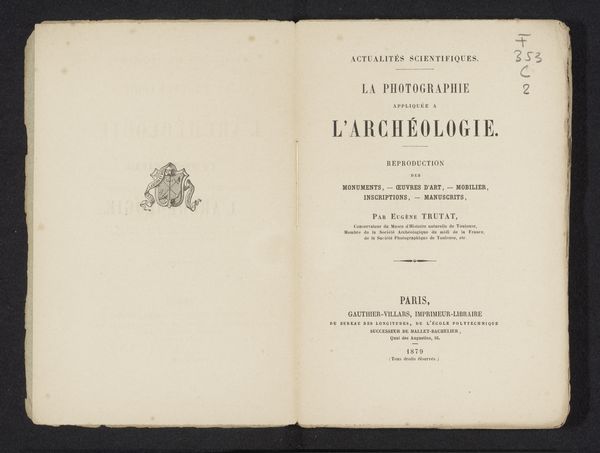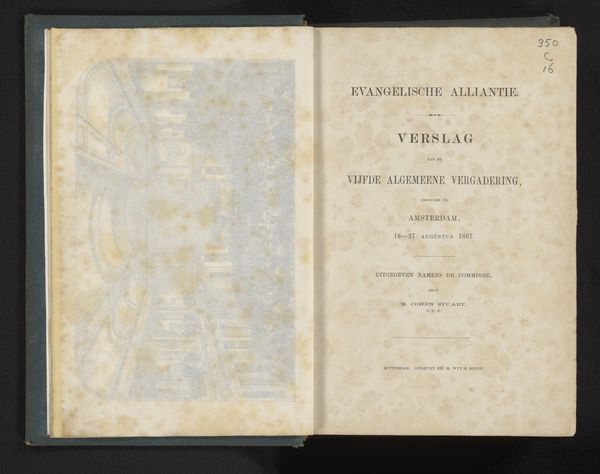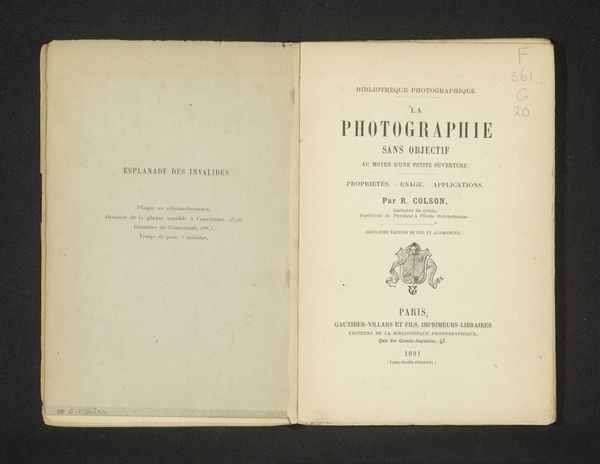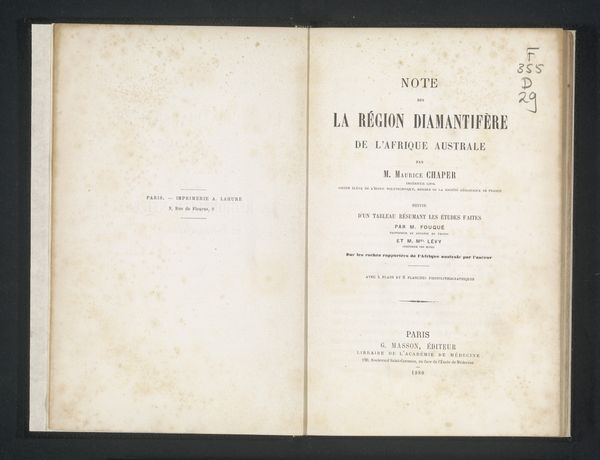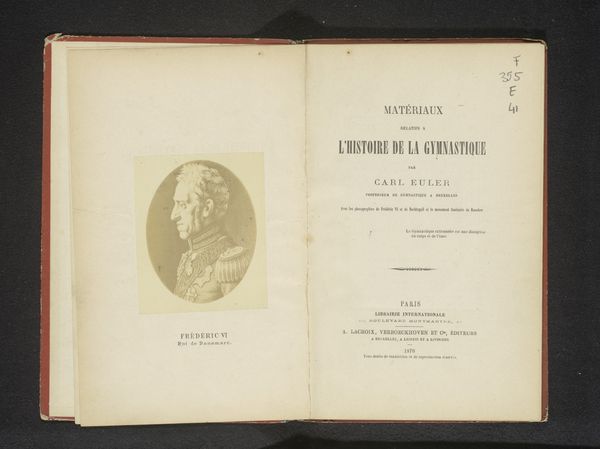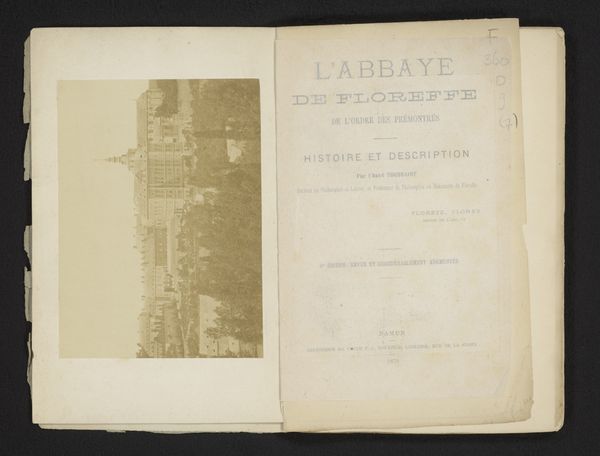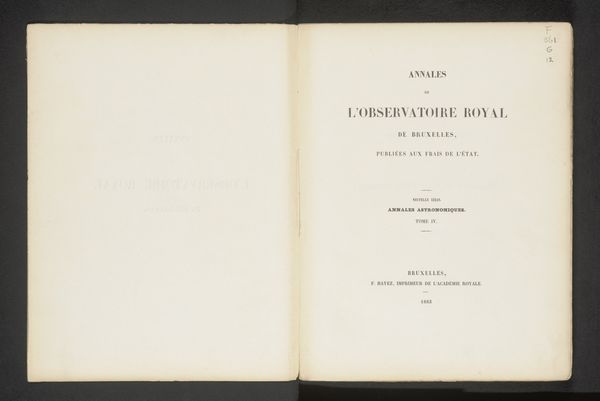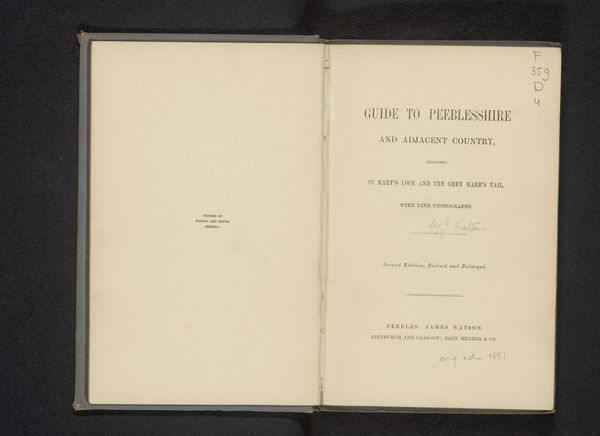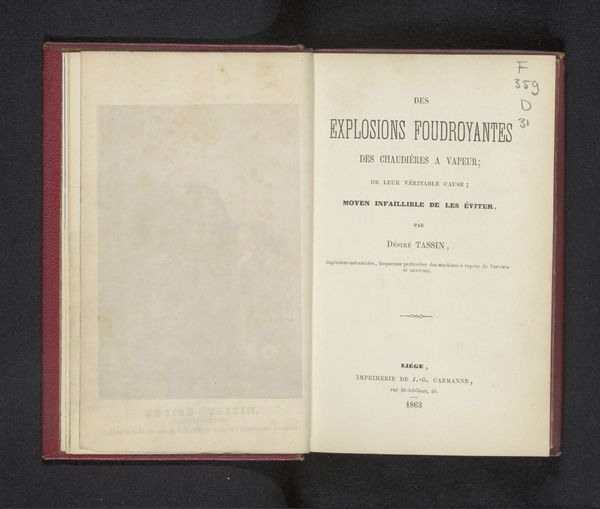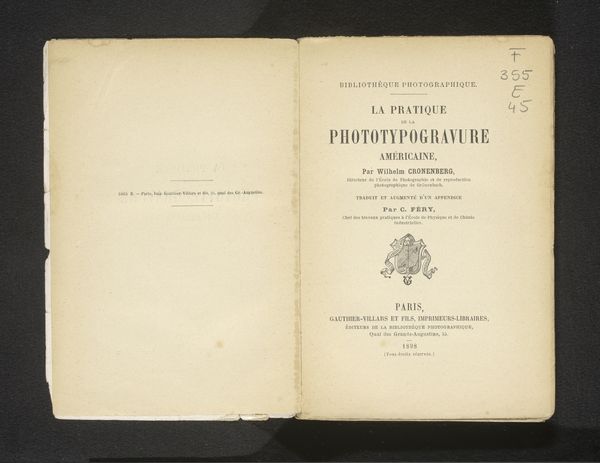
Découverte d'un squelette humain de l'époque paléolitique dans les cavernes de Baoussé-Roussé dites grottes de Menton 1873
0:00
0:00
print, photography
#
16_19th-century
# print
#
photography
#
history-painting
#
academic-art
Dimensions: height 315 mm, width 243 mm, thickness 8 mm
Copyright: Rijks Museum: Open Domain
Editor: This is "Découverte d'un squelette humain de l'époque paléolithique dans les cavernes de Baoussé-Roussé dites grottes de Menton" by Émile Rivière, from 1873. It seems to be a photographic print. The title immediately brings a sense of historical and scientific weight. What do you see in this piece? Curator: Well, looking at this photographic print, it makes me think about how scientific discovery gets translated into visual culture. Skeletons, caves – they all carry deep cultural meaning, touching on life, death, and our origins. What symbols stand out to you? Editor: The title itself – the 'discovery' suggests a particular point of view, a kind of claiming or unveiling. I am curious about why the visual culture surrounding scientific claims matters. Curator: Precisely! In the late 19th century, displaying such "discoveries" participated in the popular understanding of evolution and prehistory. Notice the academic style, which aims for objectivity but inevitably carries cultural baggage. It is creating a cultural memory of our origins. How does this image fit with existing narratives about humanity, you think? Editor: That is a good question! I never considered how much visual messaging can be layered into seemingly straightforward information, to influence how people place themselves in the longer trajectory of civilization. It really illuminates a constructed perception of human history, one that is constantly being reinterpreted. Curator: Exactly. And, in a way, it compels us to confront the biases present even in what is presented as scientific objectivity. It challenges what we are really seeing.
Comments
No comments
Be the first to comment and join the conversation on the ultimate creative platform.
